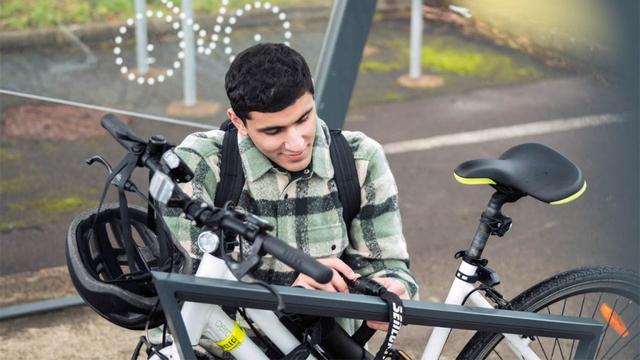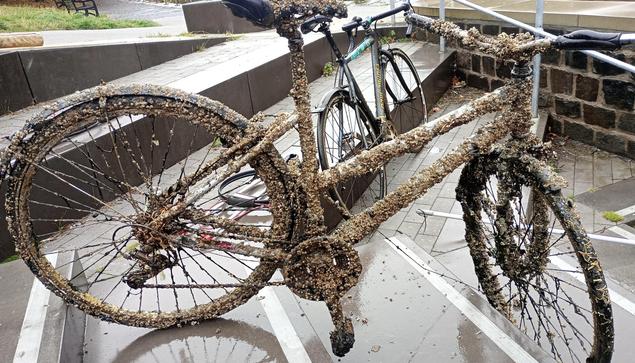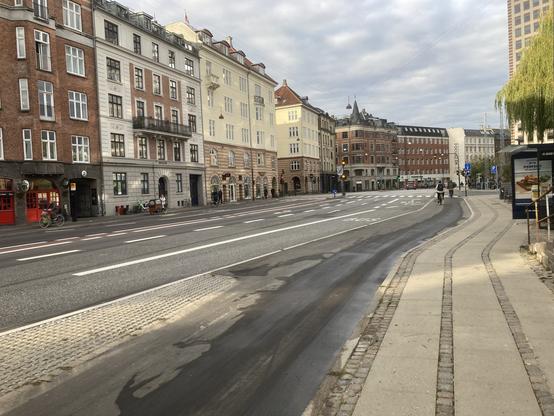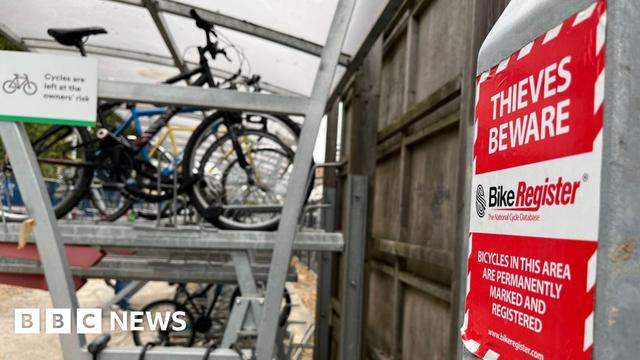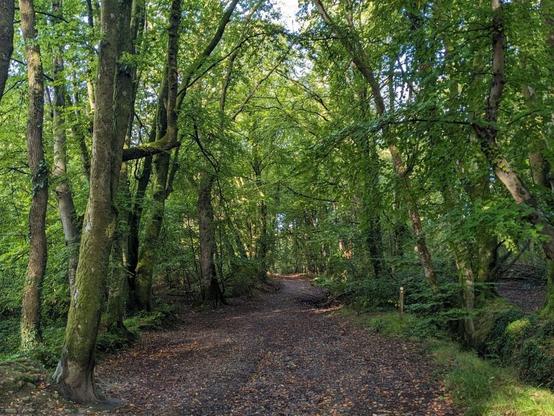Residents voice anger over plans to resurface historic Clyne bridleway
The £250,000 project, funded through Welsh Government’s Active Travel programme, would see the historic bridleway linking Derwen Fawr and Olchfa Lane resurfaced later this autumn.
Swansea Council says the work will make the route more accessible for walkers, cyclists, horse riders, families with pushchairs and people using wheelchairs or mobility scooters.
“Already accessible as it is”
Local resident Will Allen sparked the debate after posting online that the project would “ruin the visual appeal of one of the most beautiful parts of Clyne Valley woods” and risk damaging the area’s industrial heritage, including brickwork remnants from the former brickworks.
Allen, a daily cycle commuter and supporter of active travel, questioned whether the scheme would deliver meaningful benefits, suggesting it was “an easy way to spend Welsh Government funding” rather than addressing more pressing gaps such as the long‑discussed Clyne Common link.
His post prompted dozens of responses, many of them emotional.
- Bethany Rowe said: “I’ve seen mobility scooters using this path already so it’s already accessible exactly as it is. My children ride their bikes on it, horse riders use it without issues, and everyone can enjoy the history embedded in the track.”
- Analyst101 added: “I instantly feel immersed in nature and love how it changes week by week. I don’t feel the same walking along the cycle path.”
- Others warned of damage to flora and wildlife, drainage issues, and the loss of a tranquil walking route.
Some residents described the path as “a beautiful walk, especially in autumn when it is truly spectacular,” while others feared the valley could become “a manicured park” rather than a wild woodland.
Horse riders raised particular concerns, saying more hard surfacing would further reduce safe spaces for cantering. One rider said: “We’re losing rights to access such exercise throughout the valley. If the surface was laid like hard dirt and tiny stones that would be ideal, but not hard solid tarmac.”
Campaign call
In a follow‑up post, Allen said the response showed “strong feeling locally that this project should not go ahead.” He claimed local councillors only learned of the scheme after it was approved and that an ecological assessment has not been shared publicly.
He urged residents to contact their MP and MS, sign petitions, and join a campaign to halt the works. “Time to campaign against this is very limited. Work will begin soon. If you can, please do something,” he wrote.
Council: “Improving accessibility for all”
In a statement, Swansea Council defended the scheme, saying the current footpath provides “limited accessibility” and that the upgrade will benefit a wide range of users.
The council said the route was identified during a city‑wide consultation in 2021 and that ecological surveys have been completed to ensure the works are carried out sensitively.
A spokesperson said:
“Our aim is to improve this section, creating a more accessible route for everyone to use, including walkers, cyclists, horse riders, as well as families with pushchairs and people using wheelchairs or mobility scooters.
The works will not only feature an upgrade to the existing path, we will also strengthen culverts, install seating and provide information boards celebrating the historical nature of this route.”
The council pointed to previous improvements at Olchfa and Sketty, which it said had proved “hugely successful.”
https://www.youtube.com/watch?v=mtUUS3BT3ls
Cycle‑through video of the upgraded Olchfa active travel route, showing the type of improvements Swansea Council has previously delivered in Clyne Valley.
Political reaction
The scheme has drawn criticism from local Liberal Democrat councillors Mary Jones and Jeff Jones, who represent the area.
In a joint statement they said:
“We were yet again disappointed with the lack of consultation from the Active Travel Team and the relative short notice given. We were under the impression that the detail of works given in 2020/21 were that there would be repair work to existing surfaces and it was understood that there were no plans to increase the number of paths that are tarmacked.”
Former cabinet member Jen Raynor has already criticised the project online, describing it as “an easy way to blow WG grant money in the absence of better alternatives.”
A path at the heart of the valley
The Old Carriage Drive is one of the most historic routes through Clyne Valley, with remnants of the area’s industrial past still visible underfoot. For many residents, that heritage is part of the attraction.
As one commenter put it: “It is not acceptable to destroy natural heritage and write about it on a display board instead.”
Others argued the steep incline means the path will never be suitable for those with severe mobility issues, even if resurfaced. “My dad has severe mobility issues and even when it is tarmacked there is no way I’d take him on that sort of incline,” said one resident.
What happens next
Work is expected to begin in late October or early November. Campaigners say they are considering petitions and protests, while the council insists the project will improve safety and accessibility in line with its Active Travel duties.
Related articles
#ActiveTravel #bridleway #CllrJenniferRaynor #Clyne #ClyneValley #ClyneValleyWoods #DerwenFawr #footpath #heritage #industrialHeritage #Killay #Olchfa #OlchfaLane #protest #resurfacing #Sketty #SwanseaCouncil #tarmac #woodland

